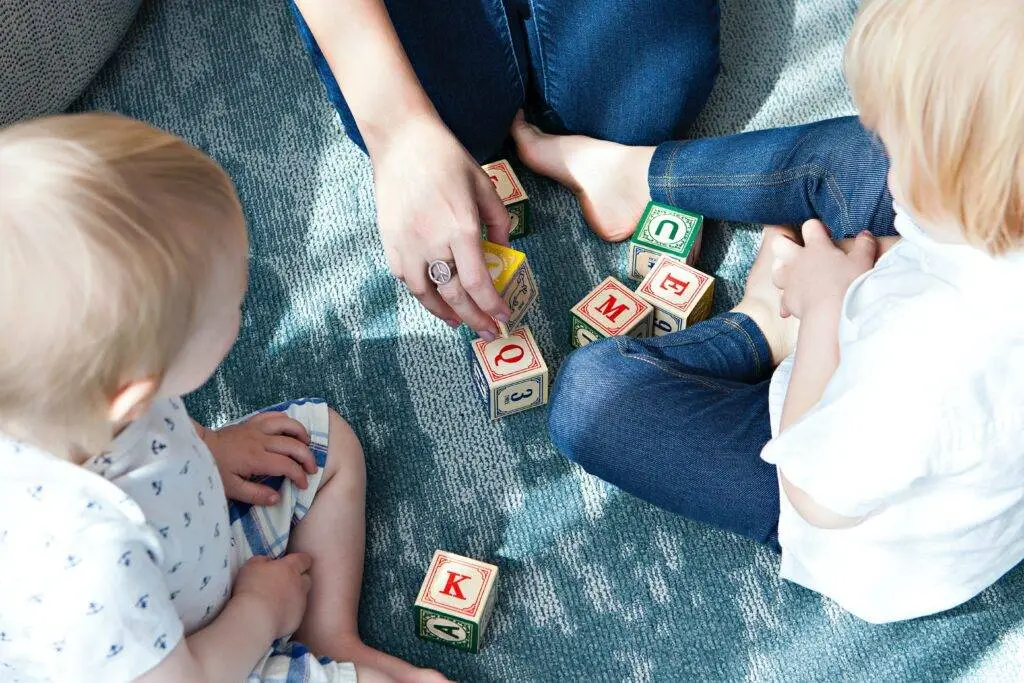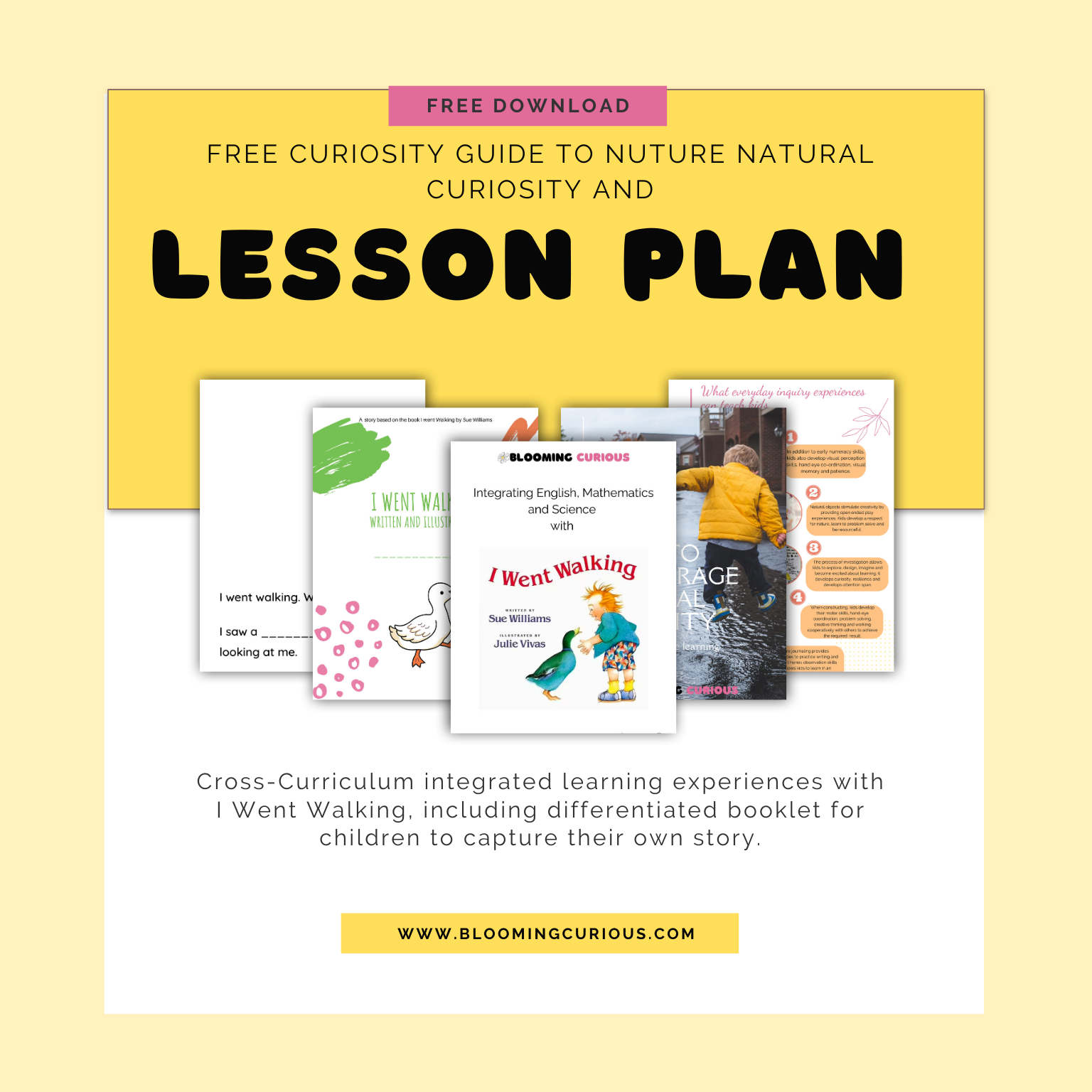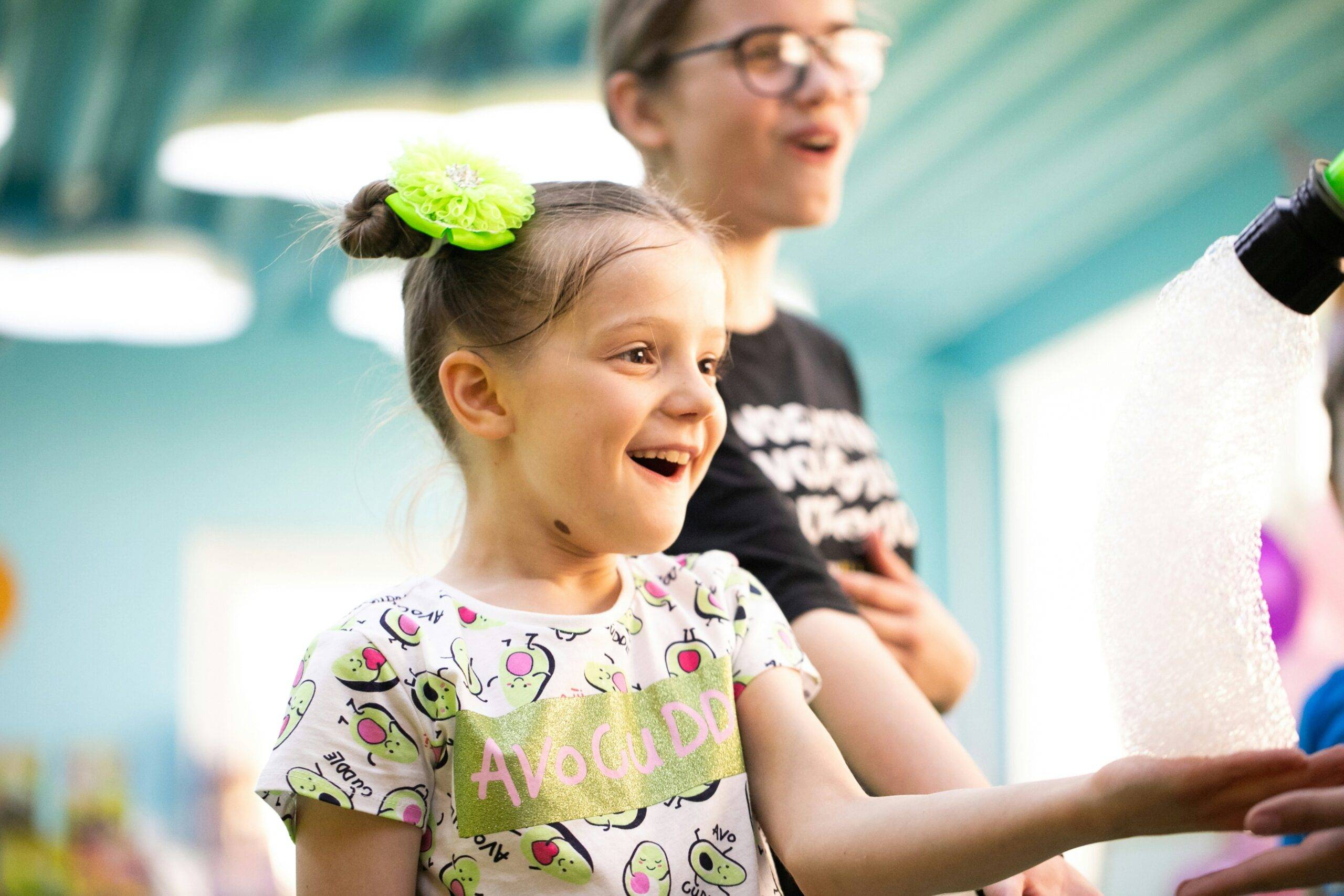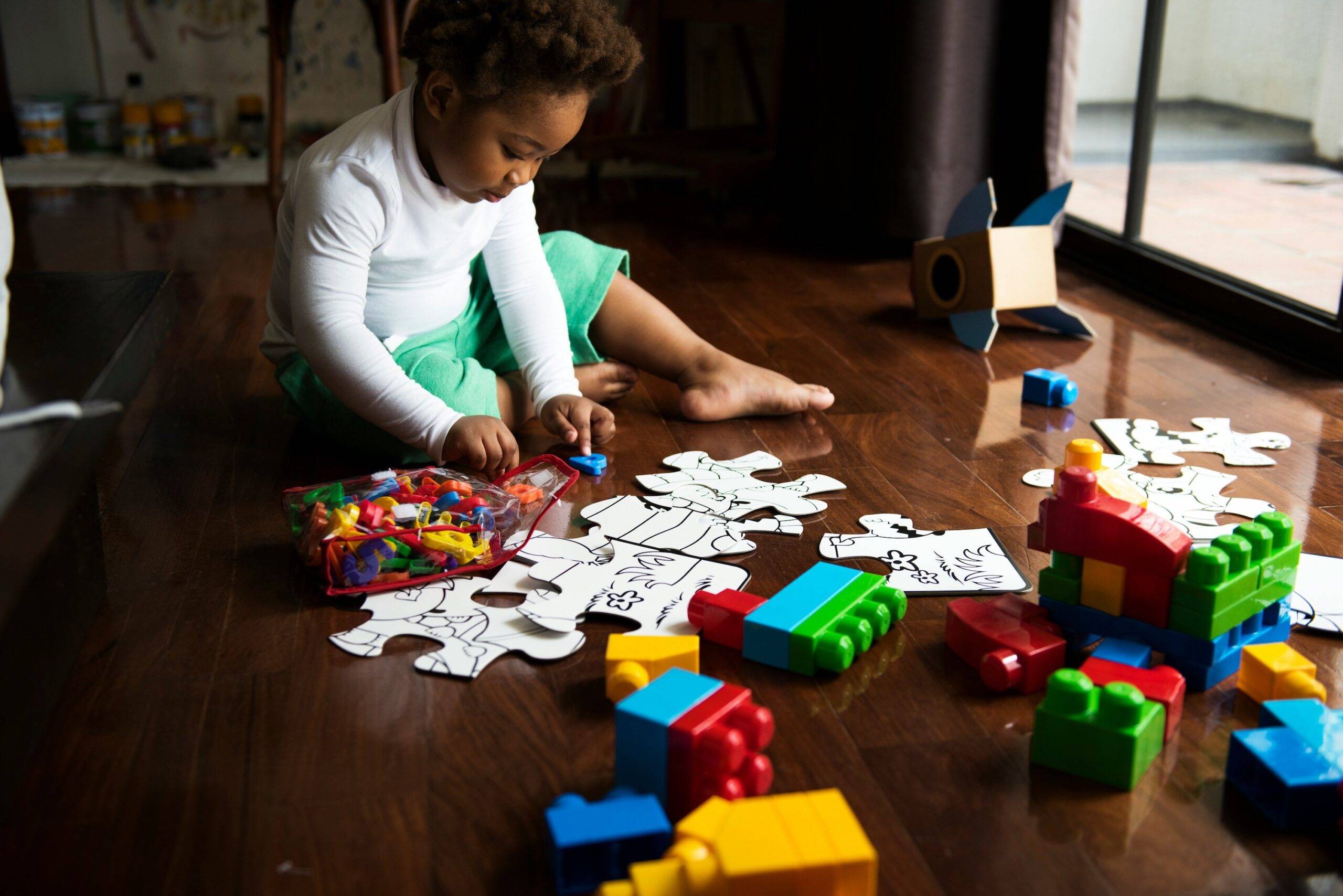Some of the links below may be affiliate links. This means that, at zero cost to you, I will earn an affiliate commission if you click through the link and finalise a purchase. All product recommendations are products that I have used and loved, or products that I would recommend based on experience.
8 Strategies to Help Kids with School Readiness
As parents and educators, we all want to help our kids be ready for school and learning. BUT for kids to be ready to learn to read and write, they actually have to want to do it!
So how do we ensure that our kids are interested in learning so that they will embrace reading, writing and working with numbers?
Here are eight tried and true strategies that I have found over the years that actually work and ensure that our kids are going to take to learning like ducks to water!
Create a stimulating learning environment.
Make sure your environment, whether at home or in a classroom is rich and engaging. Ensure you have age-appropriate books, educational toys, puzzles and art supplies to encourage kids to explore, be creative and begin to think critically. For young children, critical thinking means being able to think about what they already know, and apply that to problem solve and explain why things happen. Check out this post on how to set up a stimulating environment.
Encourage curiosity and questioning
Foster a sense of wonder and curiosity by encouraging kids to ask questions and explore their interests. Help them find the answers to their questions through research, experiments and just by chatting. This instills a love for learning and develops problem-solving skills. For young kids, research, simply means you reading a simple book to them on the subject and then talking about what you have found out. So, if your child is interested in cows, read a simple non-fiction book and then talk and discuss what it all means. You can even visit a farm or watch you tube videos on cows. Have you downloaded my eguide How to Encourage Natural Curiosity? Click on the image below to download it for free PLUS you get a free lesson plan included!
Read aloud and engage in conversations
Make reading a regular, daily activity. By reading aloud you are modelling what good reading sounds like. After and during reading discuss the story, encourage them to express their thoughts and ideas. What did they think about the big bad wolf in the Three Little Pigs for example. What did they think about the first little pig? Was he smart? Was he lazy? Why do they say that? This cultivates language skills, expands vocabulary and develops comprehension skills. All super important for learning!
Promote social-emotional development
Help children develop social and emotional skills by teaching them empathy, co-operation and self-regulation. Provide them with opportunities for interacting socially so that they can develop these skills by arranging playdates or group activities. Children will need lots of support to help them learn how to show empathy when someone gets hurt for example or how to self-regulate by taking deep breaths and not simply lashing out when frustrated.
Establish routines and structure
I know there are many families don’t agree with routines and prefer to just wing it. Twenty-six years of experience with raising my own kids plus teaching, has taught me that children thrive on routines and structure. Routines and structures not only help you maintain your sanity, but also provide children with stability and predictability. By creating consistent daily routines, which includes times for meals, play, learning and sleep, helps make life predictable which helps kids feel secure and helps develop self-discipline and a sense of responsibility, because they will learn what is required of them in each situation. Boundaries with Kids is the must have book for any parent, so I strongly urge you that if you have not yet read it, then please do so.
Embrace play-based learning
Play-based learning stimulates imagination, problem-solving and cognitive skills. Make learning playful by engaging kids in activities like building with blocks, puzzles, pretend role-playing and outdoor exploration all which promote creativity and critical thinking (see point 1 above).
Involve children in decision making.
Empower children by involving them in decision making. Allow children to participate in planning activities or projects. This fosters a sense of ownership and responsibility, which in turn boosts enthusiasm! One thing I want to add here is to make sure we involve children in the right type of activities. Choosing a breakfast cereal or what they want to eat is just not particularly helpful or empowering. Firstly, because they are going to choose the cereal with the brightest most fun image on the box (Marketing companies know exactly what they are doing) not what’s best for their health, and you cannot be making three different meals to suit everyone in the family. We want children to feel as though they are part of a family or a group and give them a voice, not create mini dictators!
Collaborate with educators
If you have made the decision to send your child to school, then a top tip is to maintain open communication with teachers and educational professionals. Teachers care about children and will want to learn about your child’s interests, strengths and areas of concern or improvement. For children to thrive in education whether from home or at school, parental involvement and collaboration is key. Our involvement and collaboration with teachers will ensure a consistent approach both at home and at school which will allow our children to thrive.
Conclusion
By implementing these strategies, you will be able to create a nurturing and stimulating environment that prepares children for school, nurtures their curiosity, and fosters a lifelong love of learning. As far as learning goes, it doesn’t get better than this!
If you have found this post interesting or informative please share it, and subscribe below to my weekly inspirational newsletter, Get Curious, for curious educators.







